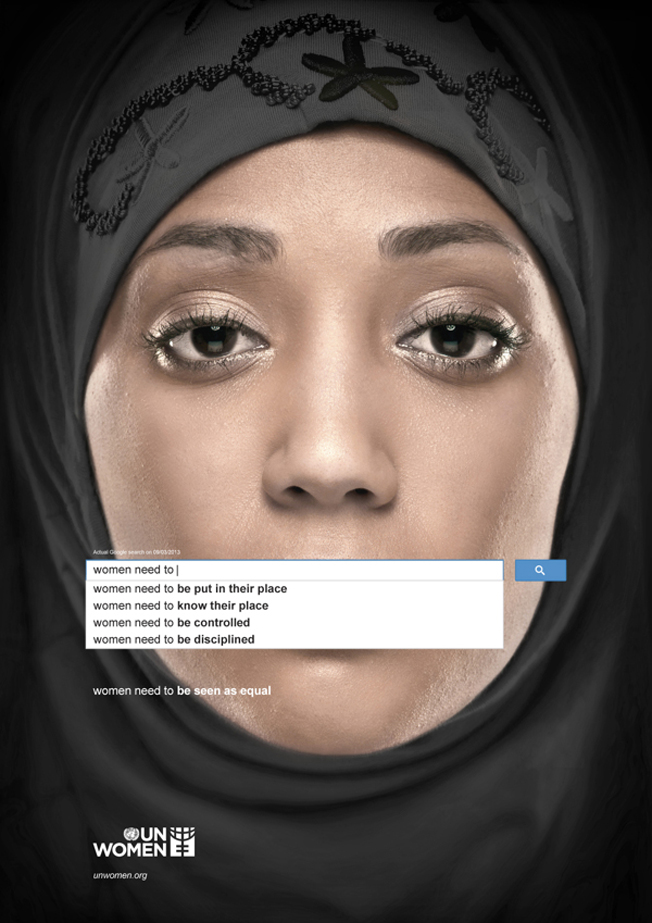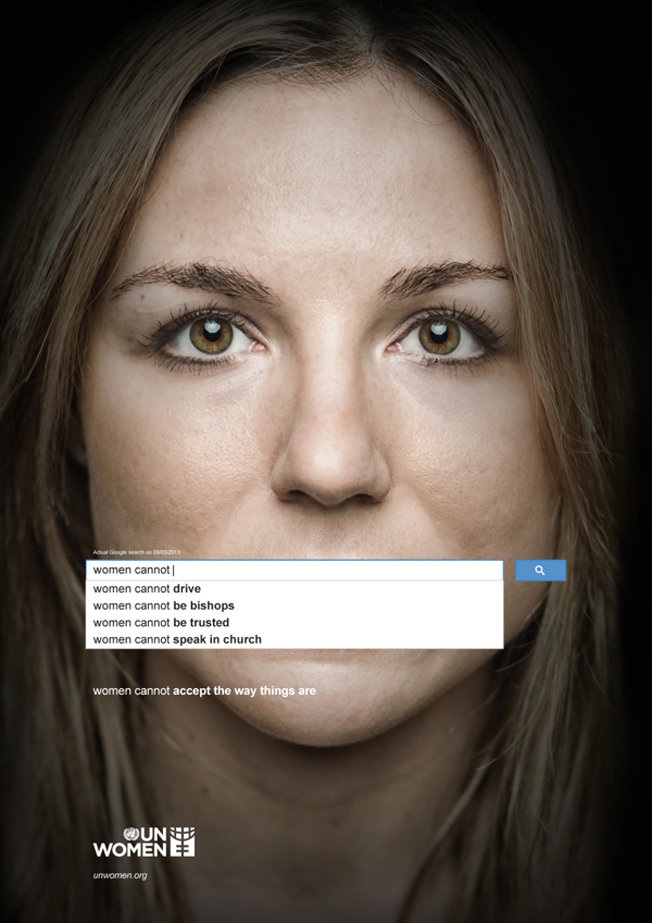Although points made on Alison’s post (https://blogs.ubc.ca/a34s/2013/11/27/just-equipment-co-op/) are true, such as infuriated long-time customers over the change of the new logo, some changes had to be made due to poor financial performance.
In order to improve profits, MEC had to analyze the current health activities of the target market and proceed to STP. 71% of members of MEC actually live in urban centres and 70% of profit increase in 2012 consisted of yoga, running, and cycling sales. The statistics prove that the urban health lifestyle is a growing industry and in order to follow along with the trend, MEC decided to rebrand themselves as a more versatile brand – urban everyday products as well as affordable outdoor gears. Since 70% of these members live in urban centres, chances of them finding time to frequently head out into the wilderness are rare. To maintain a healthy lifestyle, these urban consumers turn to more accessible activities such as yoga, running, and cycling. These low maintenance activities can be done in many places and at any time. The market for these urban products is definitely popular with competitive brands like lululemon.
Moreover, loyal consumers keep going back to MEC because of their knowledgable staff who are outdoor-enthusiasts and passionate about outdoor activities. In addition to a higher buyer remorse-free purchases, MEC is also very involved in the community. MEC offers free and low cost workshops and events such as running, cycling, how to pack for a trip, and marathons. By being active in the community, MEC is marketing themselves to urban consumers while showing that they still care for the environment and social responsibility through well-informed knowledge on products and connecting like-minded people who love maintaining a healthy life.






